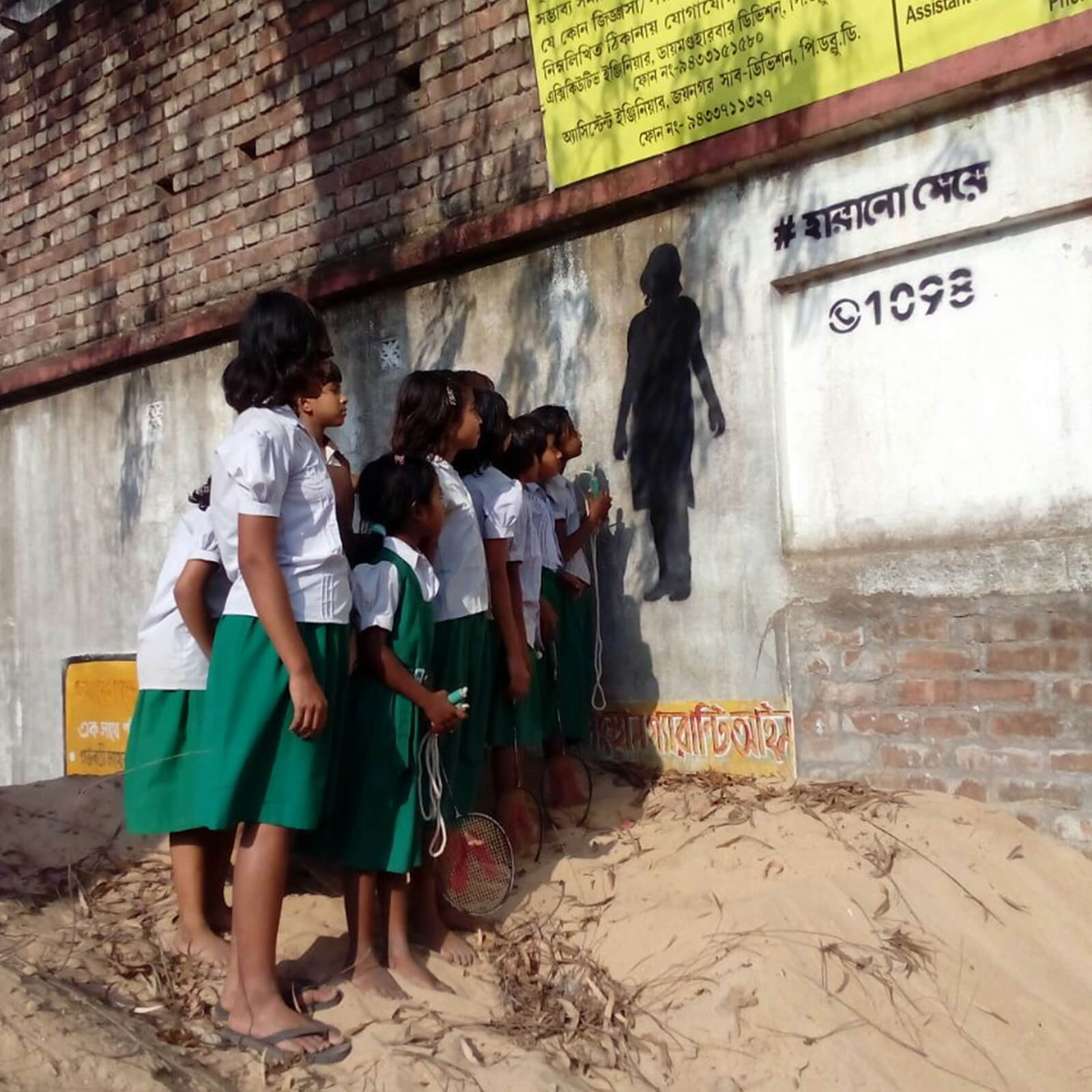Tracing the history of prostitution and sex trafficking in India
- Published: November 4, 2020
- Category: Sex Work in India
 © Copyright: Missing Link Trust
© Copyright: Missing Link Trust
India has been classified as a tier 2 country for over seven years running by the United Nations (2016). This designation means while India meets the minimum standards of compliance, there’s a continued increase in human trafficking. This raises questions on patterns of sex trafficking in India. The history of paid sex isn’t new or unique to India. The roots of trafficking are deeply embedded in our age-old traditional prostitution systems prevalent in several parts of the country, like the devadasi and the tawaifs. Trafficking is said to be a result of the vulnerable conditions of the women involved and situations are made worse by their social exclusion from the society due to the gender discrimination and inefficient development practices in the society that marginalises females from employment and education.
Historically in India, prostitution was tolerated. In fact, the history of many of the fashionable red-light establishments within the country dates back to the Mughal period. However, within the late nineteenth century, due to some structural changes in the society, prostitution came to be viewed for what it was, oppressive and exploitative for females.

American GI soliciting prostitution in Calcutta in 1945 | Wikimedia Commons
While earlier the prostitutes were treated akin to entrepreneurs and enjoyed royal patronage wielding much considerable influence in state affairs, religious and political developments over centuries lead to the decline of the esteem of their work. After independence when the princely states were abolished and the zamindari system was removed, the tawaifs or the prostitutes lost their royal patronage and clientele and gradually the tawaif system died out. Research suggests that the descendants of these tawaifs undertook bar dancing in metropolitan cities subsequent to the descent of the royal clientele, where they were not given equal respect which they so enjoyed before independence.
Evidence of females living on the earnings of their beauty is paramount within the history, documented in various epics in several contexts. Kautilya has written an in-depth treatise on prostitution in his book The Arthashastra. In this book, he has mentioned in detail about prevalent vocations practised by women, including the Rupjiva who made her living out of her beauty equivalent to a prostitute.
Devadasi, a euphemism for temple prostitution was another socially sanctioned form of prostitution in several parts of the country. Under the devadasi system, children were dedicated at puberty to the goddess Yellamma in her service and henceforth were referred to as a devadasi, or a servant of God. Religious and political developments over several centuries led to the decline within the situation of devadasis, who unable to sustain themselves turned to prostitution work for livelihood. Despite being banned by the law, it’s still prevalent in certain forms in Maharashtra, Karnataka, and Andhra Pradesh.

Two devadasis in Tamil Nadu in the 1920s | Wikimedia Commons
Prostitution has been also identified as a familial occupation among many tribal groups and communities like the Bedias in North India. The matter of debts of the families probably created situations where the poor succumbed to prostitute their females to flee debt bondage.
The imperial regime is understood for its state-regulated brothels especially in port cities of Bombay and Calcutta, catering to the sexual needs of soldiers, migrant men and sailors. Prostitution was earmarked in specific regions referred to as red light areas and was regulated by the state without discrimination.
However, a series of developments within the nineteenth century led to a drastic change within the outlook towards the prostitution as an entire in India also as elsewhere. Within the end of the nineteenth century, the concept of biological race emerged which regarded inbreeding to conserve racial purity as superior. The British regime thus, heavily focused on decreasing interracial breeding of the whites with other racial groups including Indians, to preserve their racial purity. There was massive uproar among the general public too who demanded prohibition on interracial breeding which resulted within the imposition of the Contagious Diseases (CD) Acts of 1864, 1866, and 1869.
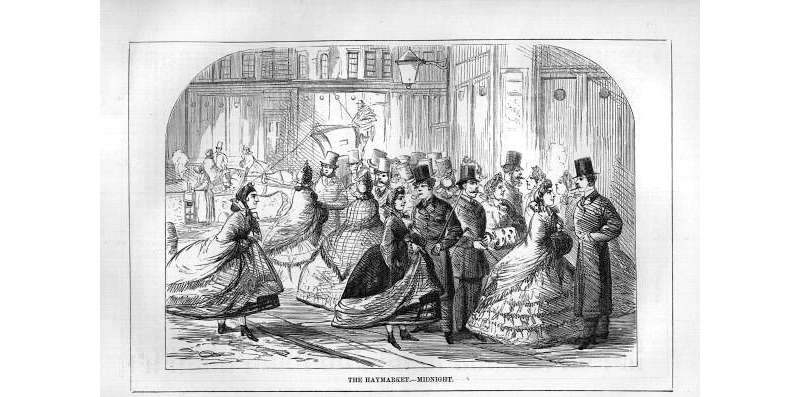
Source: The Belfry Network
The Acts allowed for registration, examination and isolation of females who were thought to be working as prostitutes in military stations, garrisons and seaside towns across southern England and Ireland. Efforts were made to isolate prostitution in red-light zones or to get rid of state-controlled brothels from normal community life.
Trafficking is identified with general helplessness and is exacerbated by social exclusion dependent on gender and development processes that are discriminatory towards women. In the current social situation in India, vulnerability is a result of the imbalance of power, poverty, gender discrimination as well as the patriarchy unleashed on youngsters, particularly young females who are pushed into prostitution.
These contextual factors can be classified into economic, political and social factors, the juxtaposition of which adds to the misery, fragility and vulnerability of the sex workers. Economic factors such as poverty is the primary component of the vulnerability of these women as diminished economic sustainability of the poor communities living in rural areas induced movement to urban centers for livelihood thereby making women and children vulnerable, who have been largely kept outside the sphere of economic self-determination.
Another massive factor which is social in nature is the gender discrimination, a prominent determinant of susceptibility to trafficking. In India, socio-cultural setup is exceptionally slanted for males. Women face a lack of access to family assets including food, property and even personal space. In several communities, young females are undesirable and viewed as an obligation/”burden” on their families.
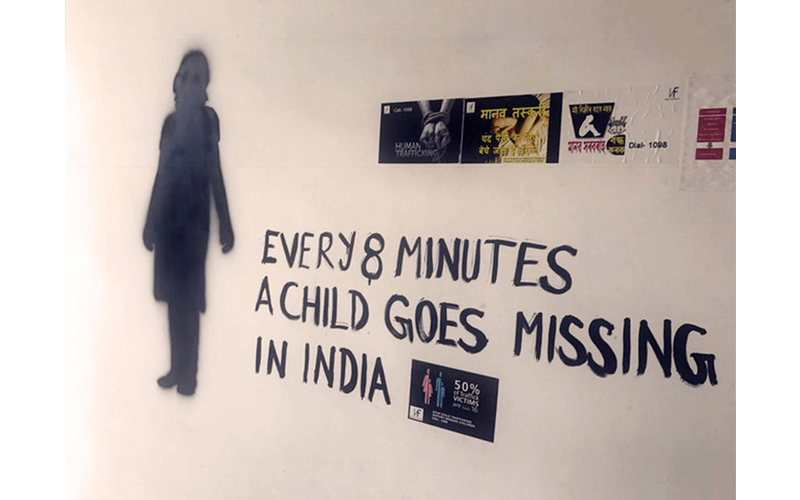
The Missing Girl Silhouette | Photo by Caritas India
Education for the boy is seen as an investment to get more wages in the labor, parents visualise more direct benefits from investing on males because they may take care of and provide comfort to their parent’s in their old age, as daughters leave after marriage to join their in-law’s families. Illiteracy is another major social factor contributing to their vulnerability as Illiterate girls fail to understand the real motive of traffickers pretending to be kind, generous and caring, and hence, become easy prey to their camouflaged soft appearance. Further, another common theme identified among trafficked victims is a history of violence, such as domestic violence and child sexual abuse, and institutional violence such as in orphanages which results in heightened vulnerability to exploitation and sexual re-victimisation. The growth of the capitalist economy has further stimulated commoditization of individuals which is also a potential risk factor to trafficking. Lastly,Political factors such as the absence of appropriate government measures and schemes for women in distress and their neglect by the state due to power politics and the legal politics of anti-trafficking intervention is a bane for such people.
The overarching argument is that the interaction between structural elements such as economic deprivation and marketplace downturns, social inequality, attitudes to gender, demand for prostitutes and proximate elements such as lax countrywide and worldwide felony regimes, poor law enforcement, corruption, organized criminal entrepreneurship, weak schooling campaigns is key to understanding why some individuals are vulnerable to trafficking through the use of deception and coercion. It is this conjunction of factors which helps to explain in which and why vulnerability occurs.
REFERENCES
- Sex Trafficking in India: A sociological perspective on the growth of the illegal sex trade in India and the measures to improve human rights
- Review Essay: Trafficking of Children for Sex Work in India: Prevalence, History, and Vulnerability Analysis Author(s): Sonal Pandey Source: Explorations, ISS e-journal, Vol. 2 (1), April 2018, pp. 21-43 Published by Indian Sociological Society
- https://i.unu.edu/media/unu.edu/publication/2387/trafficking-in-humans-sample-chapter-shozo.pdf
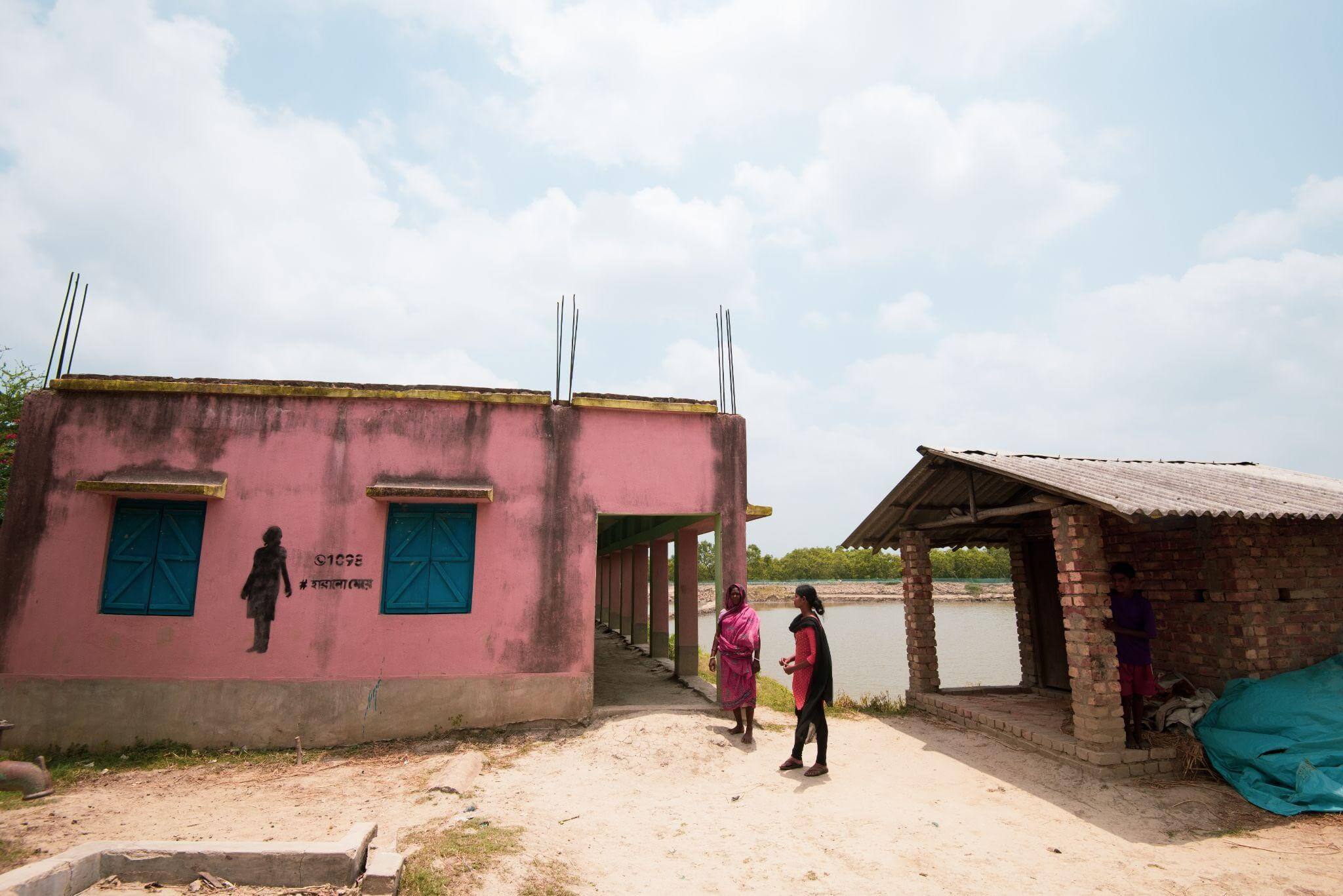
Trafficking And Its Economic Costs – To The Society, The State And The Individual
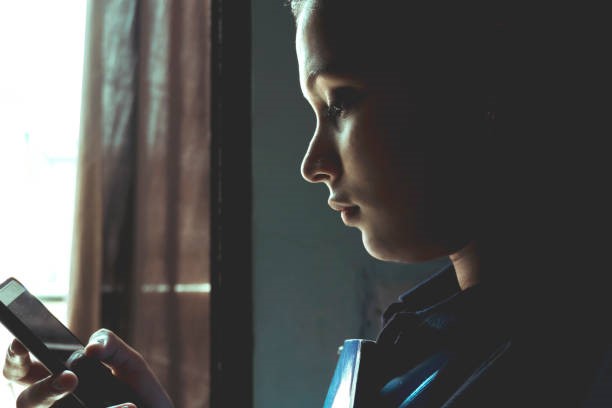
Addressing The Mental Health Concerns Of Adolescents Within The Anti-trafficking Space
